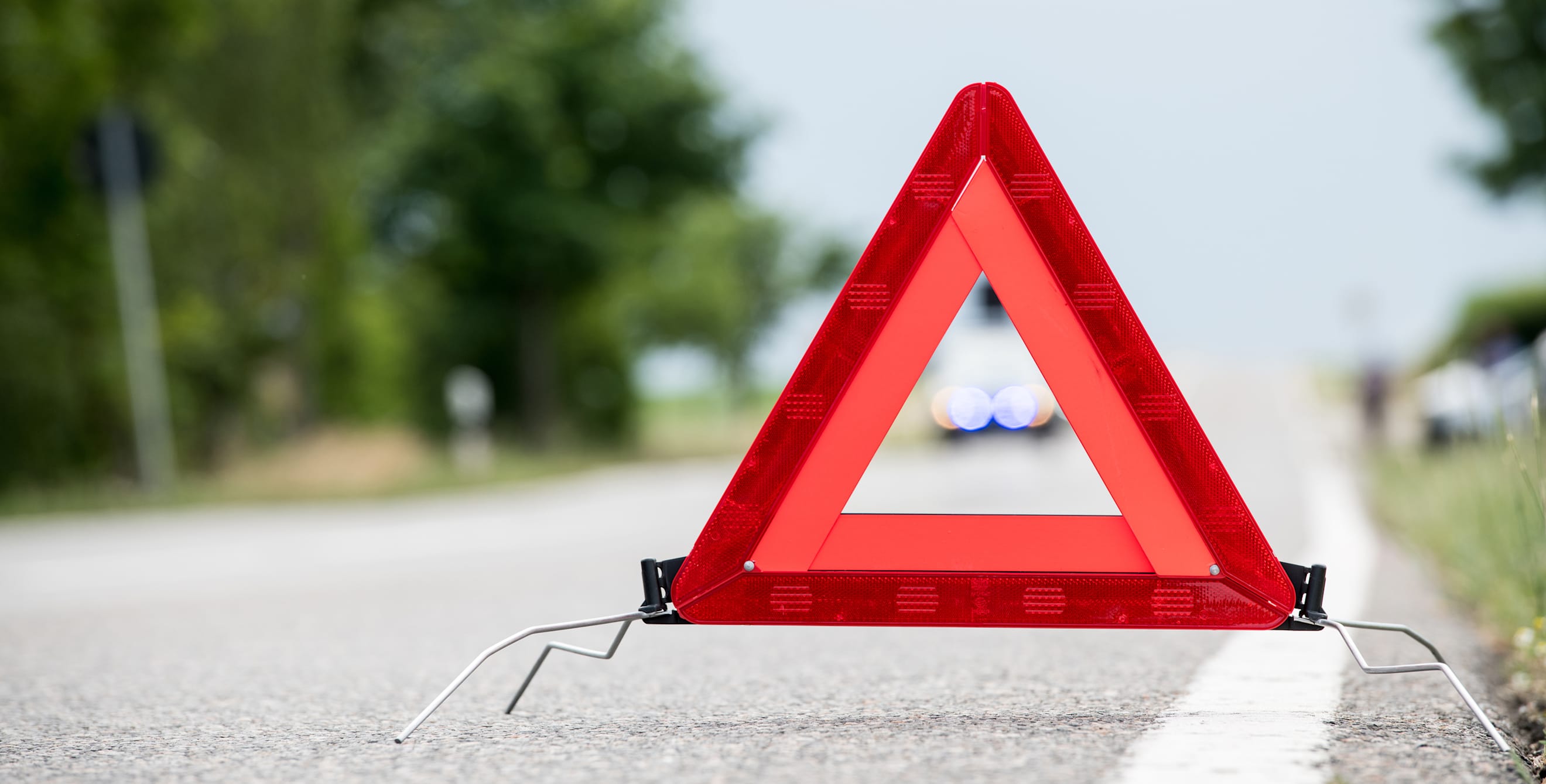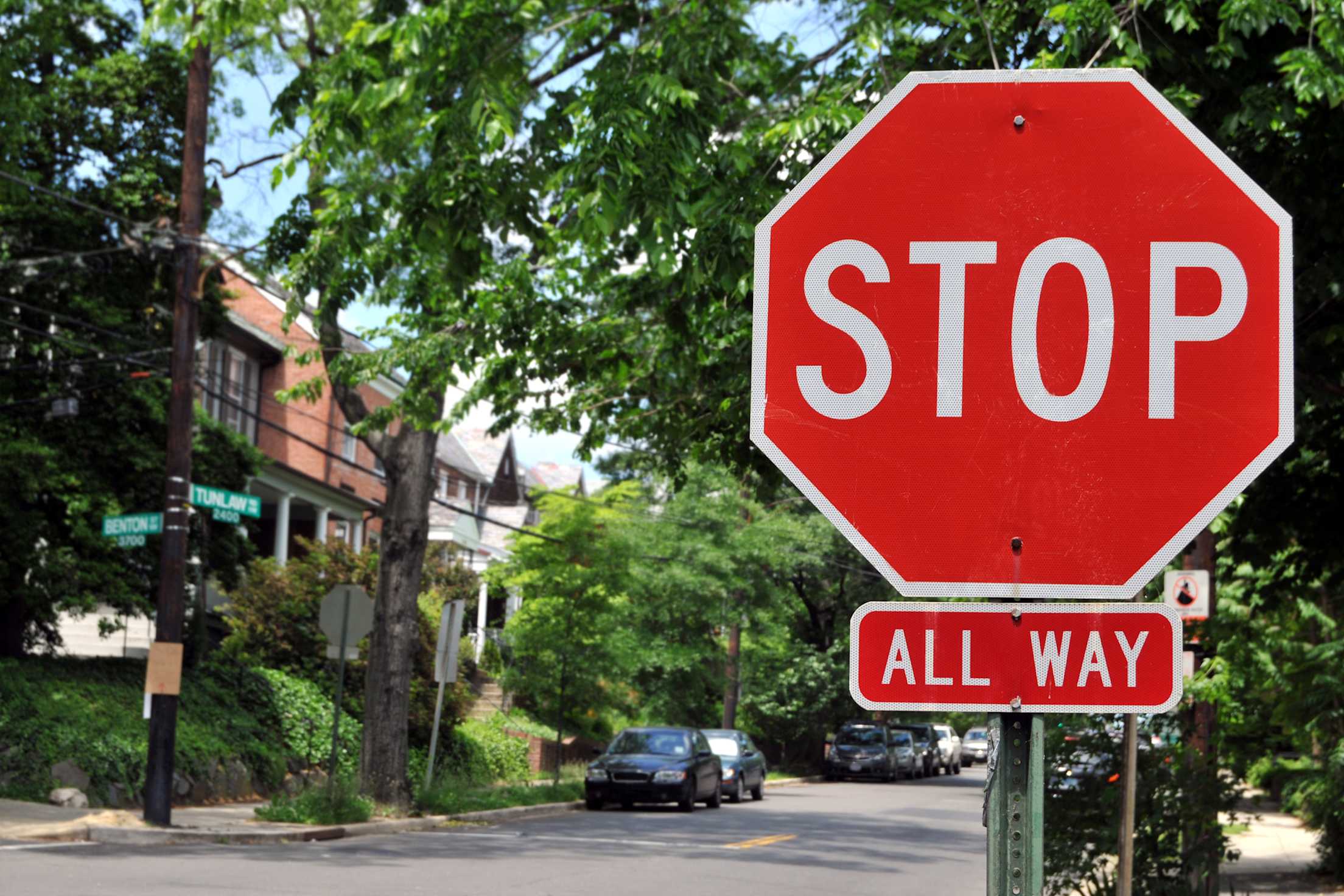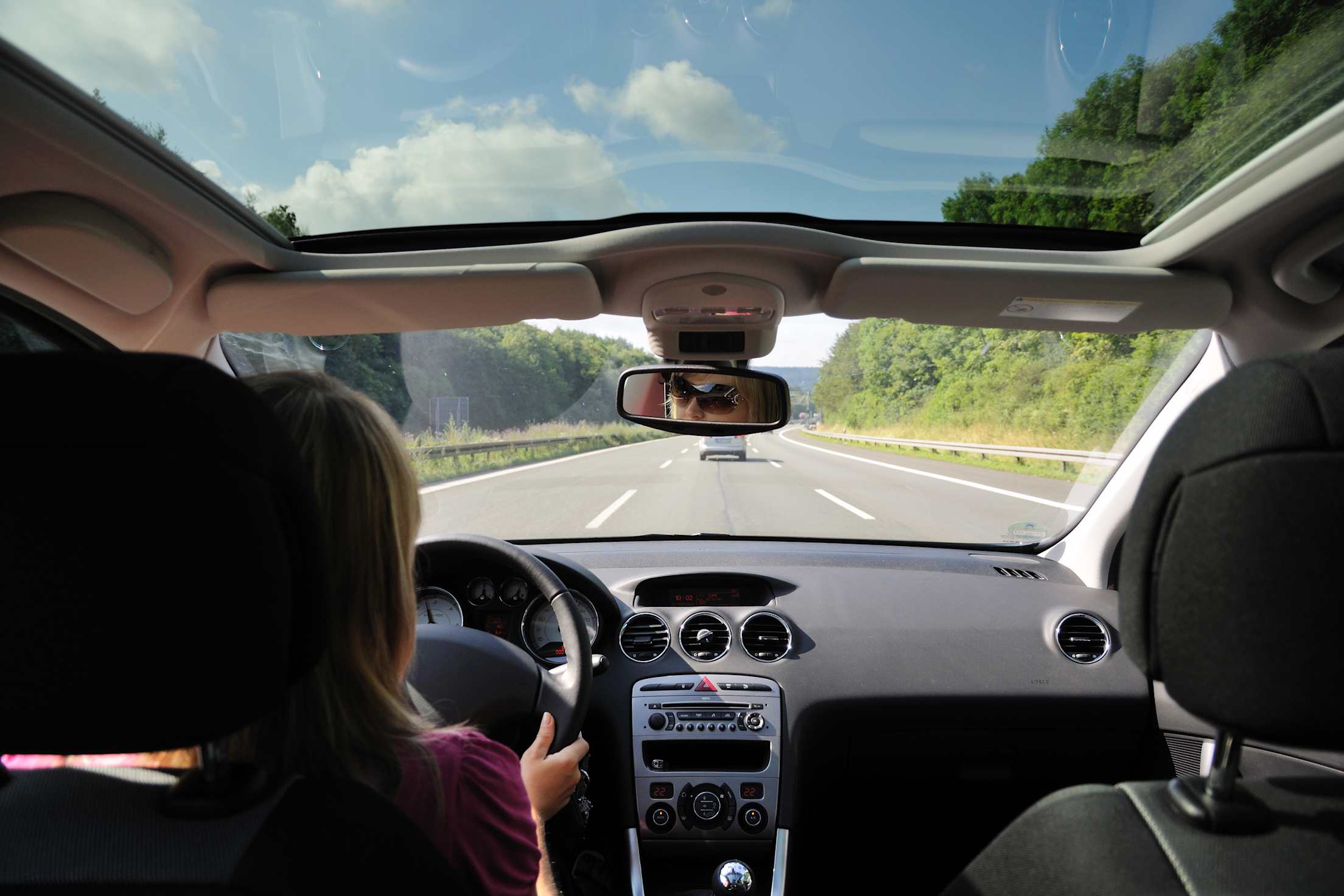
Why Are Traffic Deaths Surging in the West?
Rampant speeding, risky behaviors, and substance abuse are increasingly threatening road safety.

When Covid-19 lockdowns and work-from-home policies emptied roads, many experts breathed a sigh of relief, expecting traffic deaths to dwindle. Instead, they multiplied in many places, including in the West. In 2020, an estimated 38,680 people nationwide died in traffic crashes, up 7 percent from the previous year and a record high since 2007. The final death tallies for 2021 are expected to be even worse.
“This caught a lot of us by surprise,” says Shannon Frattaroli, director of the Center for Injury Research and Policy at Johns Hopkins University.
The biggest upsurges in deaths occurred in the West. During the first half of 2021, traffic fatalities spiked by 26 percent in the Northwest and by 25 percent in California and Arizona, compared to the same months in 2020. In Phoenix alone, vehicular deaths jumped by an estimated 24 percent, while pedestrian fatalities skyrocketed by 40 percent.
These tragic incidents do not affect Americans equally. Nationwide, traffic fatalities among Black people increased 23 percent between 2019 and 2020, compared to only 4 percent among whites. Even before the pandemic, rates of traffic-pedestrian deaths were higher among Native American, Black, and Hispanic populations, and people of all races living in areas of high economic hardship have an increased risk of being in a severe or deadly traffic crash.
But why the sudden increase over the last two years? High-speed driving, failure to wear a seatbelt, substance abuse, and other reckless actions have accelerated during the pandemic and are contributing to the alarming statistics, according to the National Highway Traffic Safety Administration (NHTSA). In California, highway patrol officers handed out nearly 28,500 tickets in 2020 to drivers speeding more than 100 mph—almost twice as many such tickets as they issued the year before.
“Our research finds that higher-risk motorists accounted for a greater share of drivers during the pandemic than before it,” said Dr. David Yang, executive director of the AAA Foundation for Traffic Safety. “Safety-minded individuals drove less, while many who increased their driving tended to engage in riskier behaviors behind the wheel.”
At the beginning of the pandemic, the reduction in rush-hour congestion made it easier for some motorists to go faster than before, increasing the chances of collisions. But that doesn’t explain why lethal crashes persisted—and even rose—with the return of gridlock in 2021.
“The stress that came with isolation and, for some people, reduced economic opportunities was a lot to bear, and I think that’s one explanation for why we saw an increase in risk on the road,” Frattaroli says. “People were not feeling as secure and certain about their future, and risk is more acceptable when [there’s uncertainty] about where the world is going and how one’s loved ones are going to survive. There’s less of an incentive to take the steps that we know are important to keep road deaths down.”
Some people get a thrill out of breaking the rules and throwing caution to the wind, and these acts of rebellion often take place on the roads, says Frank Farley, a professor of psychology at Temple University and former president of the American Psychological Association.
But one of the most important things we can do as a country is to recognize that we don’t have to accept traffic deaths as the price for mobility, Frattaroli says. “There are ways we can prevent 40,000 people from dying every year on the roads.”

Communities across the U.S. are taking steps to make roads safer.
A Vision for Safer Roads
The complex factors leading to the rise in traffic deaths means there is no simple solution. One strategy that has been adopted by numerous cities in the West is a program called Vision Zero. Originating in Sweden, this multi-pronged approach aims to eliminate traffic deaths and severe injuries by implementing initiatives that help counteract inevitable human error on roads, sidewalks, and paths.
These solutions might include redesigning roadways to simultaneously consider the safety of drivers, pedestrians, cyclists, and wheelchair users. It may involve reducing lanes devoted to vehicular traffic while expanding bicycle lanes, widening sidewalks, and adding a protective barrier in the form of landscaping or other structures. The program emphasizes safety-promoting design rather than punitive measures for traffic infractions that disproportionately burden people of color and individuals with lower incomes.
“In the past, when collisions occur, especially with pedestrians, we’ve often seen the victims get blamed,” explains Kenneth Steel, Healthy Communities Programs Manager at Pinnacle Prevention and a member of the Coalition for Transportation Choices in Arizona. “Vision Zero shifts the approach so that all folks that are involved in planning, designing, constructing, maintaining, and utilizing facilities [such as roads and sidewalks] are assuming some responsibility for these incidents and are involved in the process of designing solutions.”

Drive alert and defensively.
In addition to changing road design and improving vehicle safety for pedestrians, there are several things drivers can do to help reverse the trend. “Drivers need to be aware of the serious consequences of engaging in dangerous driving behavior and create a safe driving environment for everyone,” says Aldo Vazquez, AAA NCNU spokesperson. “AAA recommends drivers put their phones away, stay alert and focused on the road, slow down and obey all posted speed limits, drive sober, wear their seatbelt, and obey all traffic laws.”
Here’s what you can do to help keep yourself and others safer on the roads:
- Drive the speed limit, or below if conditions call for it. Speeding doesn’t actually save you time, recent research from the AAA Foundation showed that even small speed increases were enough to raise a driver’s risk of severe injury or death. If you accelerated from 65 mph to 70 mph, you’d have to travel 80 miles before you’d save roughly five minutes.
- Don’t drive under the influence of alcohol or drugs. Ask your pharmacist if your medications may impact your ability to drive safely.
- Always wear your seatbelt and ensure children are properly buckled in a child car seat or a booster seat.
- Move over and slow down for emergency responders stopped on the road or shoulder.
- Look for pedestrians and cyclists when turning and changing lanes, exiting driveways, etc. Follow best practices when walking.
- Don’t drive tired: It has been proven to be just as dangerous to drive drowsy as it is to drive drunk.
- Practice being a courteous, unselfish driver.
- Drive defensively. Pay close attention to other drivers and people on the road, leave plenty of space between you and other vehicles, and adapt your driving to the weather conditions.
- Always signal when turning or changing lanes, whether you’re driving, riding a motorcycle, or cycling. It’s vital to communicate your intentions with all other road users to prevent misunderstandings and collisions.
- Drive with your headlights on at all times so other road users can see you more easily. Drive in daylight instead of at night, when possible.
- Share the road. Give cyclists as much room as possible when passing, but a minimum of three feet. If you can’t safely pass, stay multiple car lengths behind the cyclist until you can go around them with three feet or more between you.
- Minimize lane changes. In traffic, pick a lane and stick to it. Frequently changing lanes won’t get you where you're going any faster. However, if you are in the far right lane, you should change lanes when a car is entering the road from an on-ramp in front of you to give them room.
- Don’t drive distracted. Stow away your smartphone, turn it to airplane mode, or activate call/text blocking features such as Do Not Disturb. Save eating, doing personal care tasks, and having serious or engrossing conversations until you arrive.
- Be a good passenger.
- When riding a bicycle, follow the rules of the road and these basic bicycling safety tips.
- Master essential driving skills.